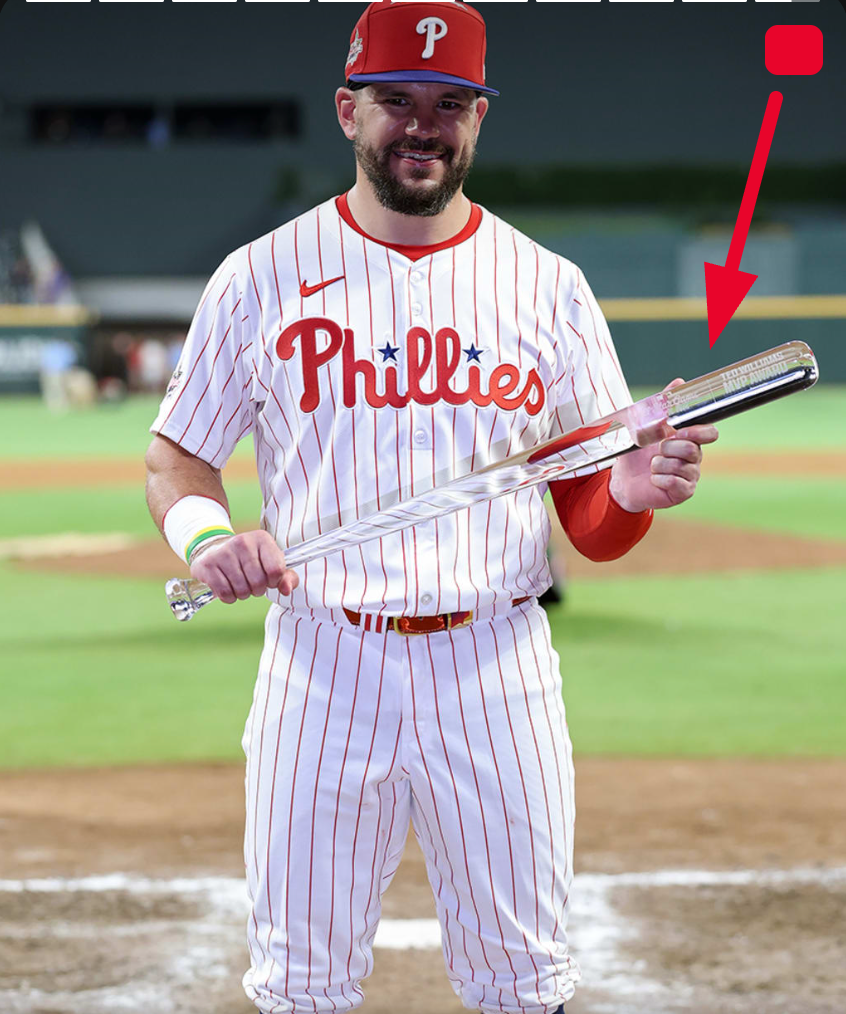Tarik Skubal promptly seized the opportunity presented by the automatic balls and strikes (ABS) challenge system during Tuesday’s All-Star Game.

The Detroit Tigers’ ace and American League starter effectively utilized the challenge to remove San Diego Padres star Manny Machado out in the inaugural inning of the Midsummer Classic at Truist Park. This marked the inaugural application of the ABS challenge system in the All-Star Game.
The ABS challenge system, which has been tested at the Triple-A level for several seasons, was utilized in approximately 60% of spring training games during this season. According to data released by the league in March, slightly more than half of challenges were overturned. Each challenge added an average of 13.8 seconds to a game, and approximately four challenges were employed per contest.
Major League Baseball’s competition committee will convene later this summer to determine whether the ABS challenge system will be adopted full-time in the majors for the upcoming season.
Although this decision is still in the process of being finalized, the league has chosen to implement the system for the first time at Tuesday’s All-Star Game. Under the system, a pitcher, catcher, or hitter can immediately challenge an umpire’s call of a ball or strike following the pitch in question. Each team was allocated two challenges during the All-Star Game, and successful challenges are retained.
Following Skubal’s call for a challenge, the stadium video board and the Fox broadcast displayed the Hawk-Eye view that monitored the precise location of the preceding pitch. This revealed that the ball was indeed within the strike zone, resulting in Machado receiving his third strike and securing the AL’s second out of the inning.
Here’s how it works
The managers of the American League and National League teams will select three players (and one alternate in the event of an injury) for their rosters who have consented to participate in the All-Star Game. Additionally, each team will designate three coaches to assist with batting practice. Each player will be allotted three swings to attempt to hit home runs. The team with the highest combined home run total after these three rounds will be declared the winner of the game.
Following the ninth inning, the game will be briefly suspended to allow the grounds crew to reconfigure the field. Each participant will be provided with three swings to attempt to hit home runs. Each player is permitted to receive an unlimited number of pitches without it being counted against their swing total.
Players from each team will have the opportunity to bat in any order, alternating between the visiting and home teams. Once all six participants have completed their swings, the team with the most total home runs will be declared the winner of the All-Star Game. In the event of a tie, each manager will select one of the participating players to take three swings to determine the winner. This head-to-head format will continue until a winner is determined. The manager is permitted to select a different batter to participate in subsequent head-to-head rounds, provided that the batter was one of the original three participants or the alternate in the event of an injury.
The new format was negotiated as part of the Collective Bargaining Agreement (CBA) that went into effect in 2022 and will be in place for at least the duration of the CBA, which runs through 2026.
The All-Star Game has progressed to extra innings on 13 occasions, most recently the 2018 game at Nationals Park in Washington, D.C., which was won by the American League (AL) by a score of 8-6 in 10 innings. The inaugural swing-off occurred at Truist Park in Atlanta in 2025. Philadelphia Phillies outfielder Kyle Schwarber homered on all three of his swings to secure a 7-6 victory for the National League (NL) after the game concluded in a 6-6 tie.
The challenge was once more utilized in the fifth inning. Athletics star Jacob Wilson requested a challenge during his turn at the plate, and his request was successful in overruling a strike call.
However, he ultimately ended up grounding out on the subsequent pitch, rendering the challenge largely inconsequential.
In the eighth inning, a third challenge was attempted by the Miami Marlins, but it was unsuccessful by a narrow margin after Miami Marlins outfielder Kyle Stowers struck out looking.
The fourth challenge of the evening arose from the mound in the ninth inning, following the American League’s rally to tie the game. However, that call was overturned, resulting in a third strike and the conclusion of the inning.
In the bottom of the inning, a fifth challenge was initiated by the catcher, which proved successful in securing an early strike against Aroldis Chapman and Brendan Donovan. Notably, challengers achieved a 4-for-5 record in the All-Star Game.
The National League ultimately emerged victorious in a swing-off, courtesy of three consecutive home runs by Philadelphia Phillies star Kyle Schwarber. This triumph secured the NL’s second victory in a span of three years.
